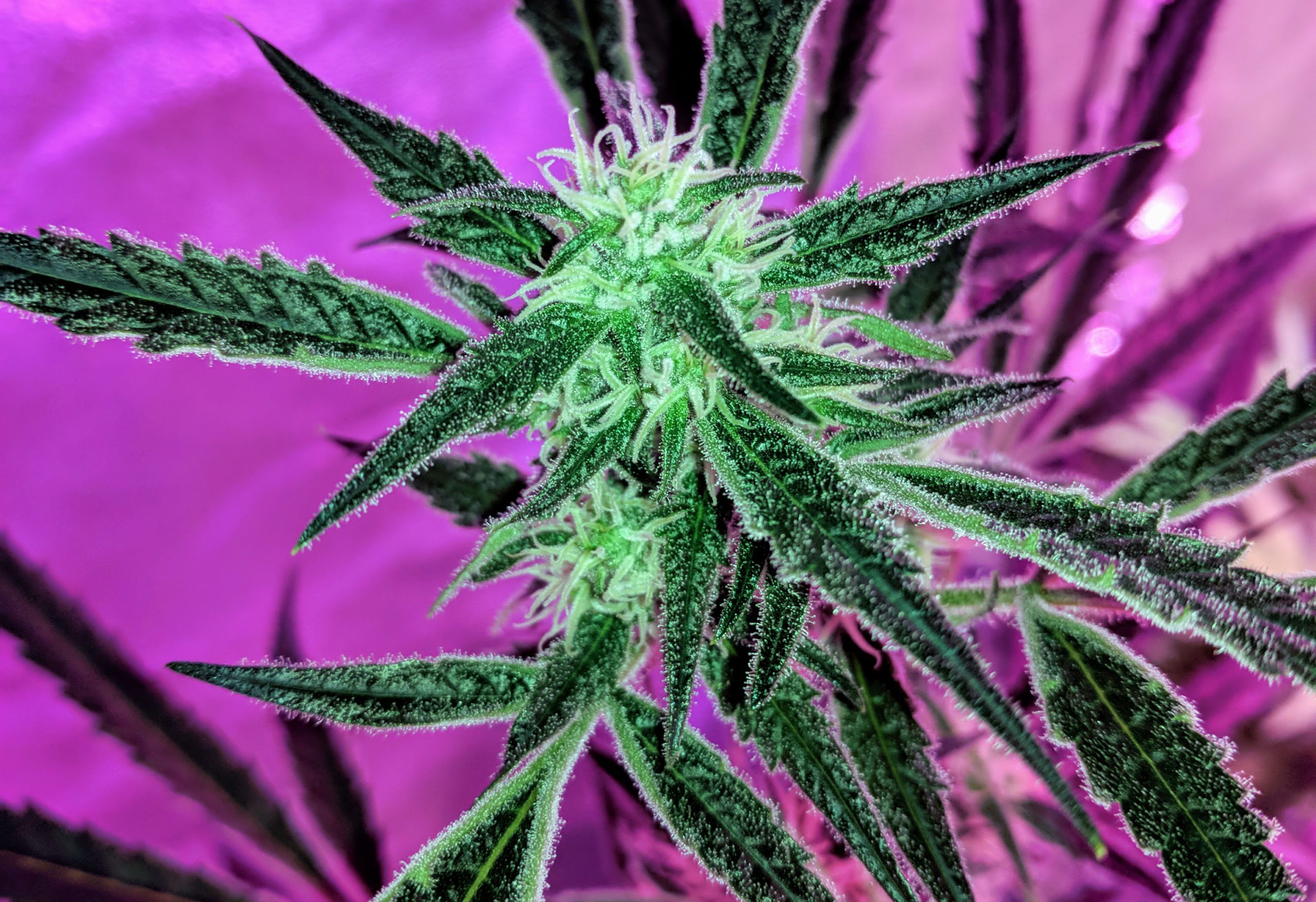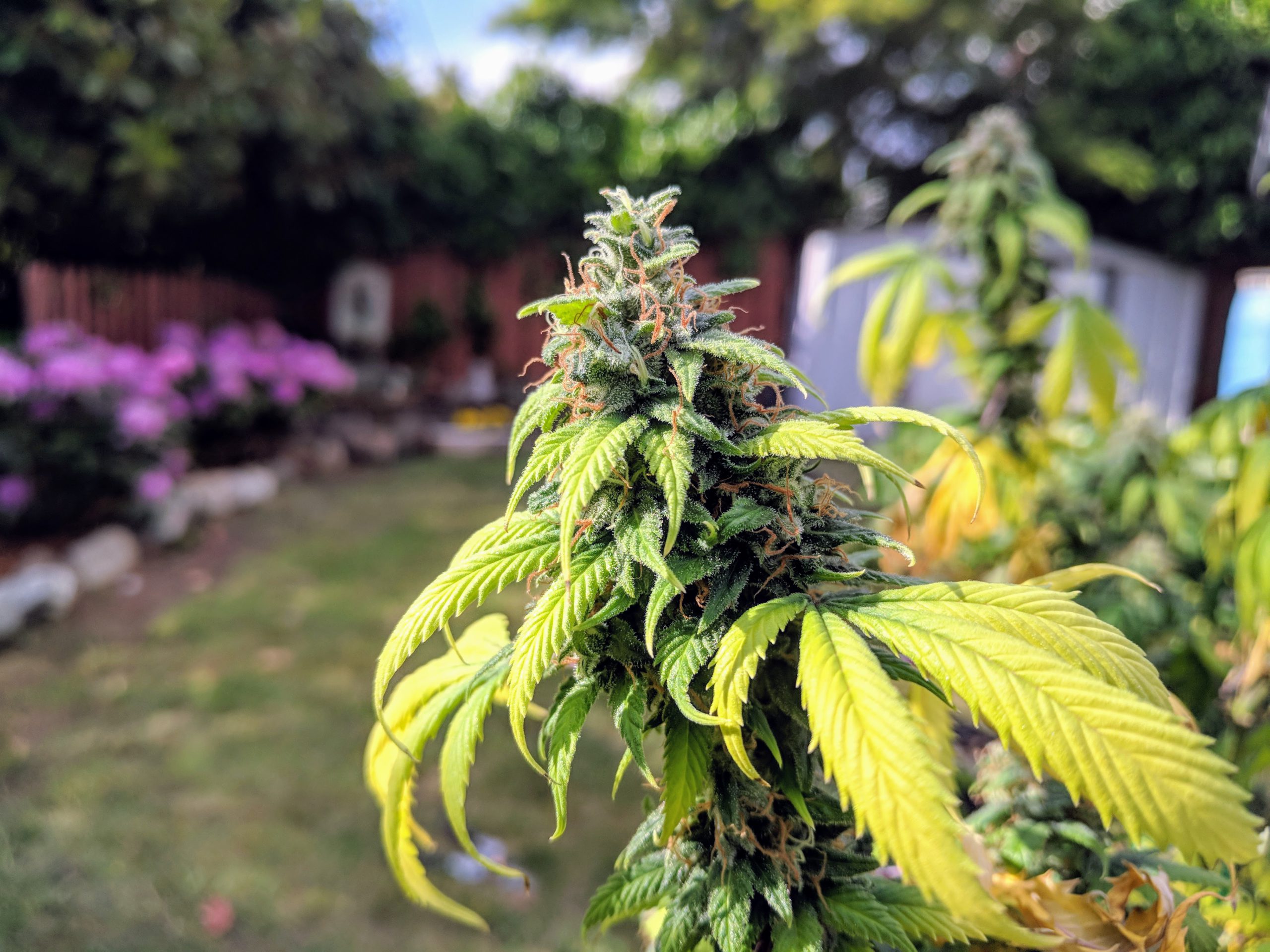Now that you have everything you need to grow cannabis, you need to get something actually to grow. You can start with seeds and germinate them, or you can get a clone – which is just a cutting from a female plant that has sprouted roots.
Feminized or Regular?
Marijuana is a dioecious plant, meaning that each plant (almost) always has either male or female organs. Females produce buds and males produce pollen that will cause female buds to produce large volumes of seeds instead of smokable flower. Clones will be from females, but for seeds, you have the option of getting ‘regular’ or ‘feminized’ seeds.
Regular seeds are natural, so each one has roughly 50% chance of being female and 50% chance of being male. Since male plants don’t produce buds, most farmers remove males as soon as they are identified to avoid pollinating the females and effectively ruining a crop.
Many seeds are sold as feminized because they have a greater than 99% chance of producing female plants. Feminized seeds are commercially produced by applying colloidal silver to female plants, which makes them grow pollen sacs instead of buds. Growers collect pollen from the female pollen sacs and use the feminized pollen to fertilize other females. The resultant seeds will almost always produce female plants.
A more natural variant of this approach takes advantage of a survival tactic built into the cannabis plant. If left unfertilized late into the season, female cannabis plants will sometimes grow a pollen sac to attempt to self-pollinate. Known as hermies, this pollen works the same as when produced through colloidal silver.

Photoperiod or Autoflowering?
Traditional cannabis plants are called ‘photoperiod’ because flowering is induced by altering periods of light. As long as nights are shorter than 12 hours, photoperiod cannabis will stay in vegetative growth. Once nights are longer than 12 hours, marijuana plants will begin to develop flowers. Outdoors, this happens in the lengthening nights of fall. Indoors, we choose when this happens by manipulating light and dark hours.
There is another kind of cannabis plant that starts flowering a preset amount of time after germination. The amount of time before flowering starts is dependent on the strain. These strains have been bred out of a small hemp plant called Cannabis Ruderalis that had the auto-flowering trait but didn’t produce much THC. Over the years, breeders have crossed it with THC producing Cannabis Indica and even Sativa to improve THC and production. While auto-flowering strains are generally less potent and productive compared to their photoperiod counterpart, the convenience of not worrying about light control makes them a great option in many situations.
The benefits of feminized seeds are apparent: every plant is a bud-producing female. Producing feminized seeds using colloidal silver isn’t a natural process though, and many growers choose to avoid this and buy regular seeds.

Where do I get Cannabis Seeds & Clones?
In many areas (like the UK and Spain in Europe or Oregon and California in the US) seeds and clones can be purchased from shops, dispensaries or directly from the breeder. In other areas, you will need to order them from an online seedbank – check your local laws.
There are many fine seed banks online, but we can only recommend Seedsman since they have served our needs perfectly since day one. They offer a broad selection from the highest quality breeders, free seeds with every order, and very stealthy shipping to the US and Europe. When ordering seeds, obey your local laws.
What strain should I grow?
Just like every other decision a farmer makes, the answer depends on your goals and what’s important to you and what constraints you might have. For all of our strain reviews, we rate each strain based on the following sets of goals and constraints:
Farmer’s Skill Level – Some strains are fussier than others. If you are a new grower, you will want to choose an easy-to-grow strain that isn’t susceptible to pests or nutrient issues.
Time Constraints – Some strains are specially developed to grow fast while others take longer (with potentially higher yield or increased potency). Since time to harvest can vary by over a month between fast and slow strains, if time is an issue then you will want to pick a quick flowering variety.
Medical Use – Most commercial strains are tuned for potency and yield. Other strains are particularly optimized to address specific medical conditions, like chronic pain, anxiety, or PTSD.
Potency – If you want to get really high, then select a strain that was bred for potency.
Yield – If you want a lot of weed, you’ll want to select a strain known for high yields.
Growing top-shelf buds, no matter the strain, is not an easy or straightforward task and can throw some curveballs that strike out the most experienced farmers. Some strains are particularly difficult to grow but are still worth it due to potency, yield, medical use, or another factor. For new growers though, we recommend focussing on an easy-to-grow variant that still maintains high yield and potency.

Picking the right strain for your grow depends on your goals and in large part, what kind of weed you like. To help you out, we’ve compiled reviews on our favorite strains to help you decide which is best for you. Click here to find the best strain for you.





